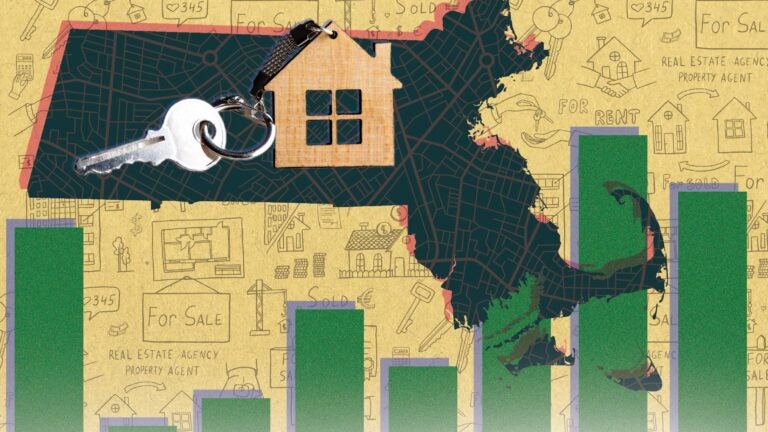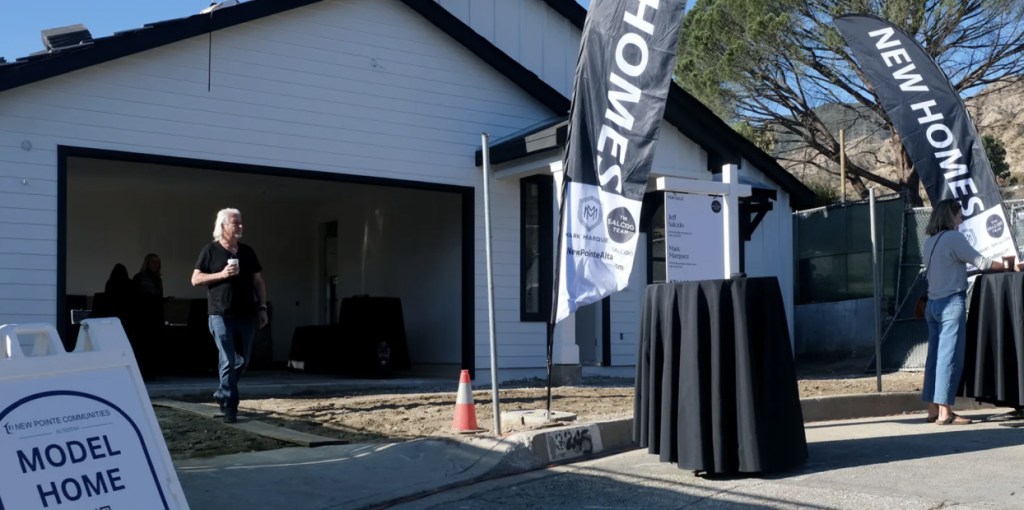T
he tide is shifting in the world of real estate, as a burgeoning market for sustainable development creates new opportunities and challenges. Amidst this growth, navigating the complex landscape of financing mechanisms has become a critical skill. These mechanisms are no longer just sources of funding; they're strategic tools that can channel capital into environmentally responsible projects while mitigating risks and delivering financial returns.
The green finance boom is in full swing, with an estimated $1.5 trillion in green bonds being issued globally. This influx of capital is making sustainable buildings more cost-competitive than ever, allowing developers to slash costs, boost returns, and reduce carbon emissions simultaneously. As corporations ramp up their climate commitments, green finance is turning pledges into action, funding cutting-edge developments and deep energy retrofits.
To unlock these opportunities, it's essential to understand the various financing mechanisms available. These include traditional loans and capital sources like green banks, as well as innovative tools such as internal carbon pricing, C-PACE, and repayment programs. The right strategies can accelerate deals, ensure projects pencil out, and drive growth.
Knowledge and execution are key to harnessing the power of green finance. As Lauren Ballou, ESG Associate Director at Longfellow Real Estate Partners, notes, "The biggest asset is being aware of the mechanisms and having the capacity to utilize them."
ULI's latest report, Green Finance Unlocked, provides a comprehensive primer on 19 different finance mechanisms, real-world case studies, and expert insights. Join us for a webinar on April 11, where industry experts will share insider knowledge and strategies for harnessing financial tools for maximum impact.













